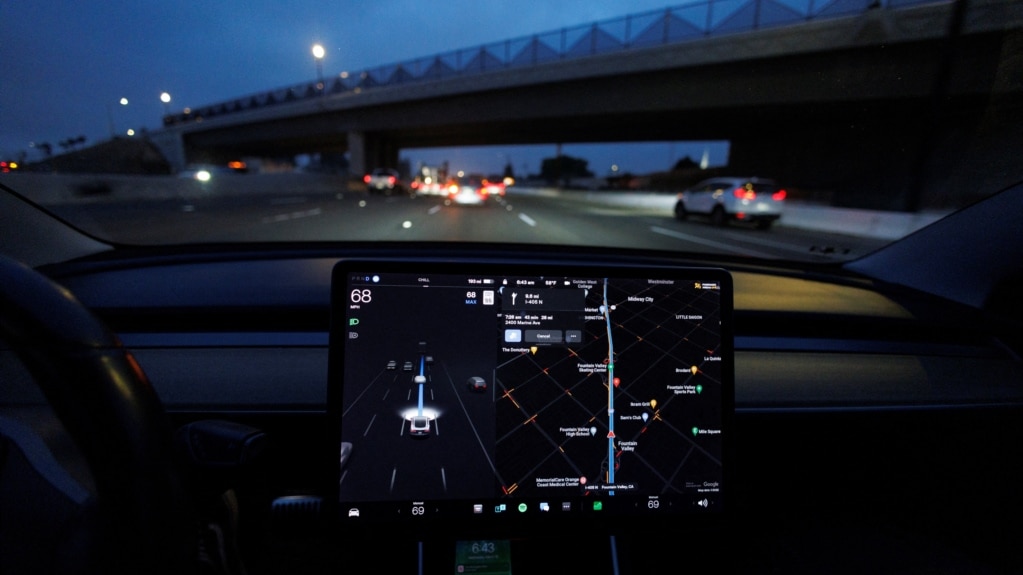An American insurance industry group has given most driver assistance systems “poor” ratings after a series of safety tests.
The Insurance Institute for Highway Safety (IIHS) carried out the tests. The group released a report this week describing its findings.
The tests involved 14 different driver assistance tools. Such tools offer partial driving automation as a way to improve safety and reduce accidents. The systems are equipped to assist drivers with things like staying inside road lines and automatically slowing or stopping the car when possible dangers are identified.
The IIHS is a nonprofit organization financed by America’s insurance industry. The group carries out numerous crash tests each year as it seeks to persuade automakers to design safer vehicles. Automakers follow safety ratings issued by the group and often make changes to products based on them.
The IIHS noted there is a lack of effective tools to monitor drivers and provide warnings when they need to pay better attention or take immediate corrective action.
David Harkey is president of the IIHS. He told the Associated Press his group aims to set guidelines for manufacturers to make up for a lack of regulation over the systems by the U.S. National Highway Safety Administration.
Harkey noted that most current driver assist systems do not have effective measures “to prevent misuse and keep drivers from losing focus on what’s happening on the road.”
All automakers advise drivers using assistance tools not to fully depend on vehicle technologies to keep them safe. The companies say the tools are meant to improve, or enhance, overall safety, rather than take over certain driving duties.
The IIHS said it tested 14 different driver assist systems. Of those, 11 received an overall rating of “poor.” Two other systems were rated “marginal,” while one was considered “acceptable.” Harkey said the 14 systems are among the highest quality technologies currently on the market.
The driver assist system used in the Lexus LS model earned the acceptable rating. The marginal declarations were given to systems in General Motors’ GMC Sierra and Nissan's Ariya electric vehicle. Other systems from Nissan, Tesla, BMW, Ford, Genesis, Mercedes-Benz, and Volvo received ratings of “poor.”
Harkey said the high-level of technology sophistication in today’s driver assist systems provides a lot more automation possibilities. But these tools can cause drivers not to pay attention for longer periods, presenting new, dangerous risks. “That's why the focus is on how do we make sure that the driver remains focused on the driving…,” he added.
The IIHS has warned that manufacturers advertise their vehicles in a way that gives drivers the false idea that they are fully automated, or autonomous. “The one thing we do not want is for drivers to misinterpret what these things can or cannot do,” Harkey said.
The IIHS is calling for automakers to build additional tools into their systems. These would be designed to observe whether or not a driver’s eyes are directed at the road and whether their hands are on the wheel or ready to immediately take control.
The institute suggested the systems should have built-in tools that send warnings to drivers within 10 seconds if their eyes and hands are not in the right positions. At 20 seconds, the IIHS said the system should add another warning or start an automatic emergency process to slow down the vehicle.
Toyota, which makes Lexus vehicles, said it considers IIHS reports when it creates safety guidelines, while General Motors called the ratings important. Nissan said it will work with the institute on proposed changes.
Mercedes said it takes the findings seriously, while Hyundai Genesis said it was quickly improving its system, including plans to put a camera inside vehicles.
BMW said while it respects IIHS's efforts, it differs on the use of technology to monitor drivers inside the vehicle. Ford said its driver assist system monitors drivers and sends repeated warnings. While Ford said it disagrees with the institute’s findings, it will consider the suggestions in future development.
I’m Bryan Lynn.

